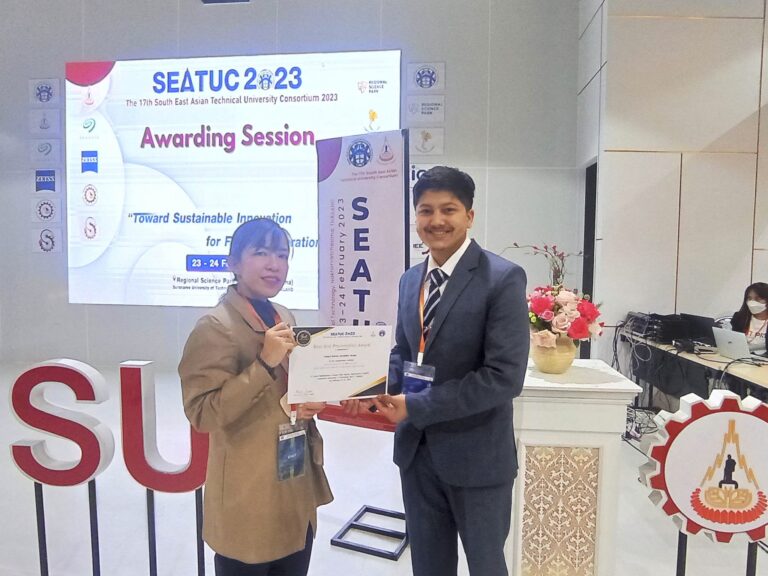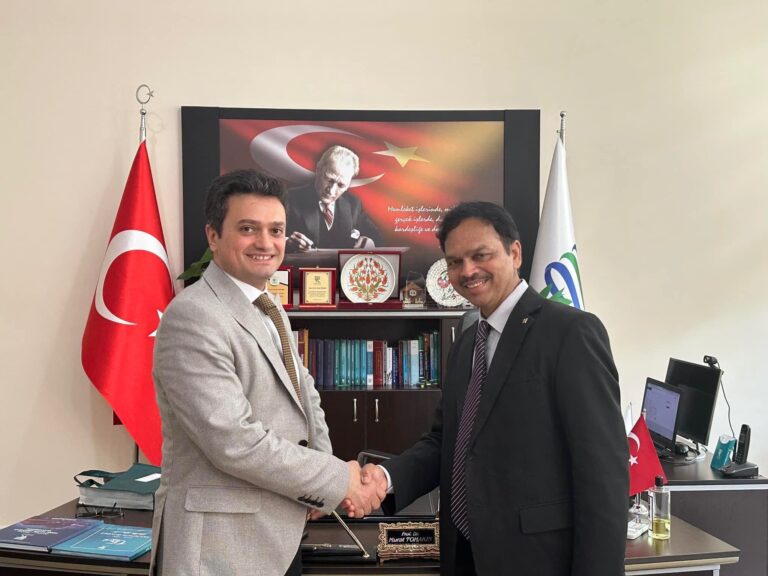Exploring the effects of liquid source on superconducting properties and microstructure in ternary bulk (Gd, Y, Er)−123 by infiltration growth process, Akash Garg Agarwal, Muralidhar Miryala, Journal of Alloys and Compounds
Superconductors are used in a wide range of applications, each requiring specific magnetic field strengths to operate at their best. The optimal magnetic strength is determined by the superconducting properties, such as critical current density (Jc). In this study, we propose that by using different compositions of liquid source, the superconducting properties and microstructure of bulk superconductors can be optimized according to their intended application. Ba3Cu5O8, Yb2O3:BaCuO2:CuO (1:10:6) and Er123 + Ba3Cu5O8 (1:1) were tested as liquid sources, and ternary single-grain bulks (Gd, Y, Er) Ba2Cu3Oy were produced using the top-seeded infiltration growth process (TSIG) in the air. Microstructural analysis with a scanning electron microscope revealed that using Er123 +Ba3Cu5O8(1:1) as the liquid source resulted in a significant reduction in the 211 secondary phase particle size, with a mean particle size reduction of 43.13% compared to the conventional Ba3Cu5O8. Each composition of the liquid source had a significant impact on the superconducting properties, and the Er123 + Ba3Cu5O8 liquid source yielded the highest Jc of 81.91 kA/cm2 in self-field and 28.29 kA/cm2 at 1 T for (Gd, Y, Er)−123 ternary system. These results emphasize the importance of liquid sources in controlling the final microstructure, which ultimately determines the performance of the bulk ternary (Gd, Y, Er)−123 system produced by the IG process.
Read Full article here: https://doi.org/10.1016/j.jallcom.2023.170506



